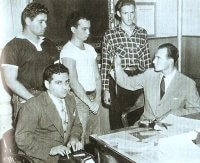
The Brooklyn Thrill Killers, with the Brooklyn Assistant District Attorney holding up a bullwhip used to beat two young women.
Subject: Jack Koslow–The Kill for Thrills Gang
Offenses: Murder, Kidnapping, Gang Violence, Arson, Assault, etc.
Ranking: NO. 62
[The following includes excerpts from Brooklyn’s Most Wanted–Ranking the Top 100 Most Notorious Criminals, Crooks and Creeps from the County of the Kings,on sale now.]
We know the teenage brain is sometimes incapable of pumping the brakes. Yet there is a difference between reckless juvenile delinquency and psychopathic gang violence.
Such was the case in the early 1950s, when four sadistic teens from South Brooklyn self-styled themselves thrill killers. The notorious “Night of Horrors” case villainized comic books, sparking a national hysteria well earning this crew a spot on the Brooklyn’s Most Wanted rankings.
When authorities took down the Kill-for-Thrills gang, as they called themselves, Jack Koslow (18), Melvin Mittman (17), Jerome Lieberman (17), and Robert Trachtenberg (15) quickly folded under questioning.
Seems these cowards only found courage on the late-night streets of Brooklyn’s waterfront when they surrounded their innocent victims.
This was not boys being boys behaving badly. This was a crew of vicious fiends.
Spilling the beans on the beating and torture of one black man, they blubbered on about a summer chock full of the old ultraviolence preying on street people in Brooklyn.
On the evening of August 16, 1954, these four jackals beat and kicked black factory worker Willard Menter in the shadow of the Williamsburg Bridge, burning him with their cigarette butts, before dragging his semi-conscious body down to the end South Fifth Street, where the torture continued. With Menter unconscious the beating only ended when the thrill-killers chucked his lifeless into the East River to drown.
With the confessions, South Brooklyn police detectives were able to solve a string of open cases plaguing the area that summer. Ten days prior to the Menter murder, the gang set upon Reinhold Ulrickson, kicking him to death. In other attack they set a man on fire with gasoline, beat and whipped two young women in a municipal park, and perpetrated several other assaults.
The gang’s gruesome handiwork caught fire in the media, holding them up as the 1950’s poster-children for the dangers of juvenile delinquency.

BROOKLYN’S MOST WANTED is now available from WildBlue Press! Order your copy today!
Transcending the New York tabloids, many major US outlets with national reach picked up the story, including Time, Newsweek, Look and The New York Times. Academic studies on juvenile delinquency also featured the case prominently.
Everyone had an opinion on what made the boys tick, with nationally renowned psychiatrists blaming the explosion of violence on the boys’ sexual demons. “These boys appear to me to be bound together in a kinship of pathological dedications,” Dr. Robert Hoffman declared. “They are probably homosexual… [They] should be eliminated from society.”
Despite the media frenzy and public outcry, two of the younger defendants avoided harsh penalties. Charges were dismissed against Lieberman due to lack of evidence, and a terrified Trachtenberg turned on his chums, testifying against Koslow and Mittman.
Much of the coverage focused on crew-leader Jack Koslow, a self-affirmed racist Neo-Nazi, complete with Hitler mustache and anti-vagrants agenda. Did I mention that this merry band of Neo-Nazis were Jewish?
Inside Detective magazine dubbed Koslow the “Boy Hitler of Flatbush Avenue.”
In a bit of epic courtroom theatrics, Koslow’s attorney, the flamboyant theater buff Fred G. Moritt, recited a clever rhyme as part of his closing argument:
Four little bad boys off on a spree,
One turned State’s evidence and then there were three.
Three little bad boys, what did one do?
The judge said, “No Proof,” and then there were two.
Two little bad boys, in court they must sit
And pray to the Jury, “please, please aquit.”
Neither judge nor jury were amused. Koslow and Mittman were convicted on first-degree murder and sent away for life.
When the verdicts were read, both boys wept in each other’s arms.
Afterwards questions lingered related to motive. Why did they do it? Why didn’t they testify in their own defense? Why were they prosecuted for some crimes, yet not others?
Comic books were demonized, when it came to light that the boys were avid readers of the “Nights of Horror” series. For years studies and media reports continued to drag up the case, and it was referenced as proof of a link comics and teen violence.
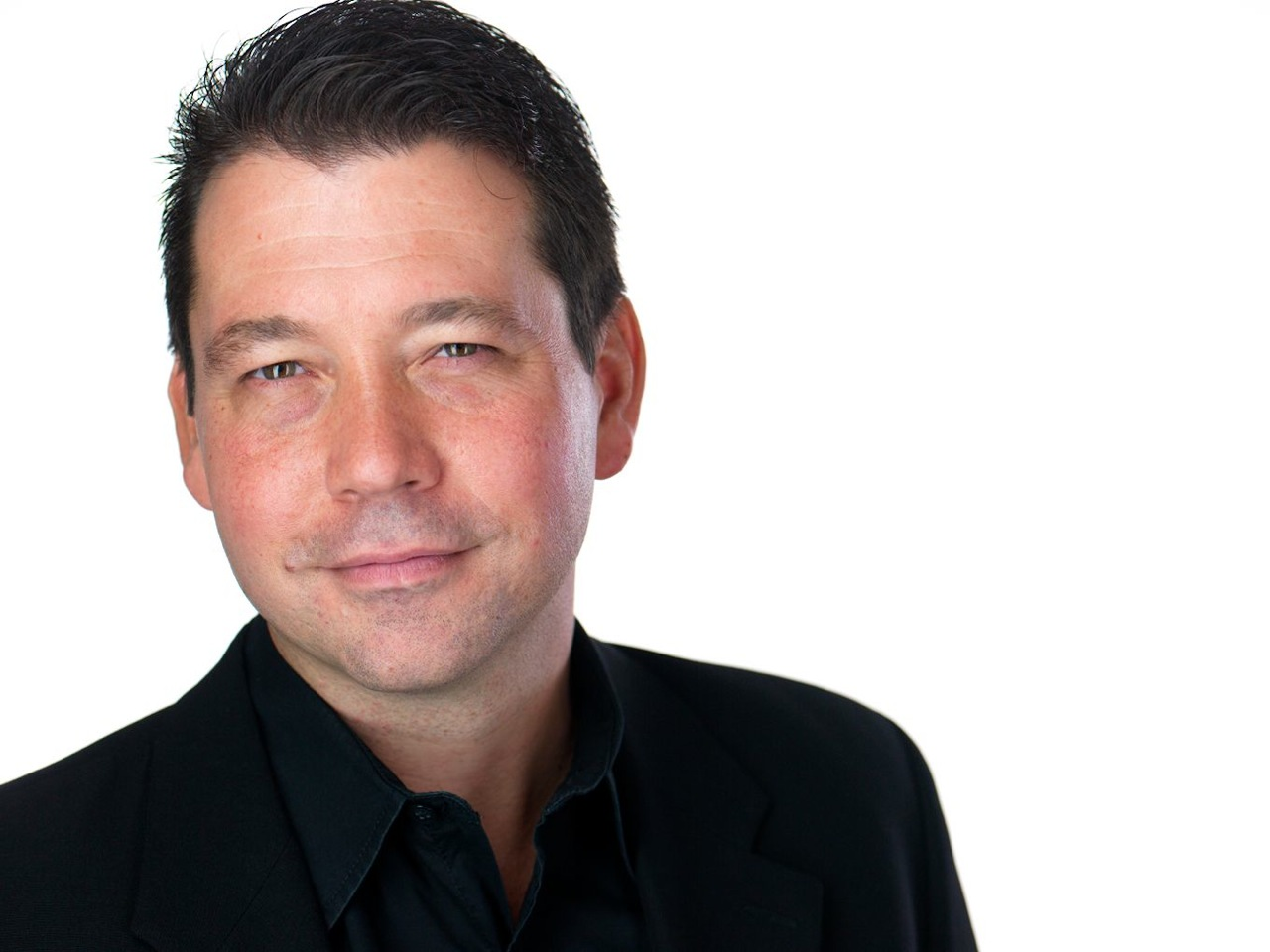
Author Craig McGuire
The New York State Joint Legislative Committee to Study the Publication of Comics, formed in 1949, took up an examination of “Nights of Horror” in a series of hearings in 1955.
Fortunately, the hearings never led to the ban of comics.
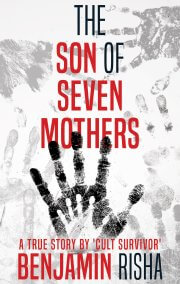

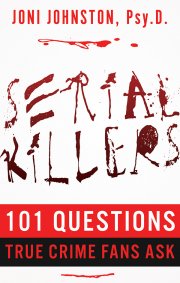
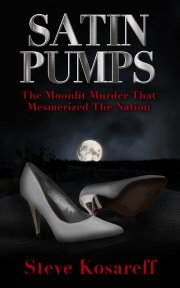
 Join our email list
Join our email list
Leave a Reply